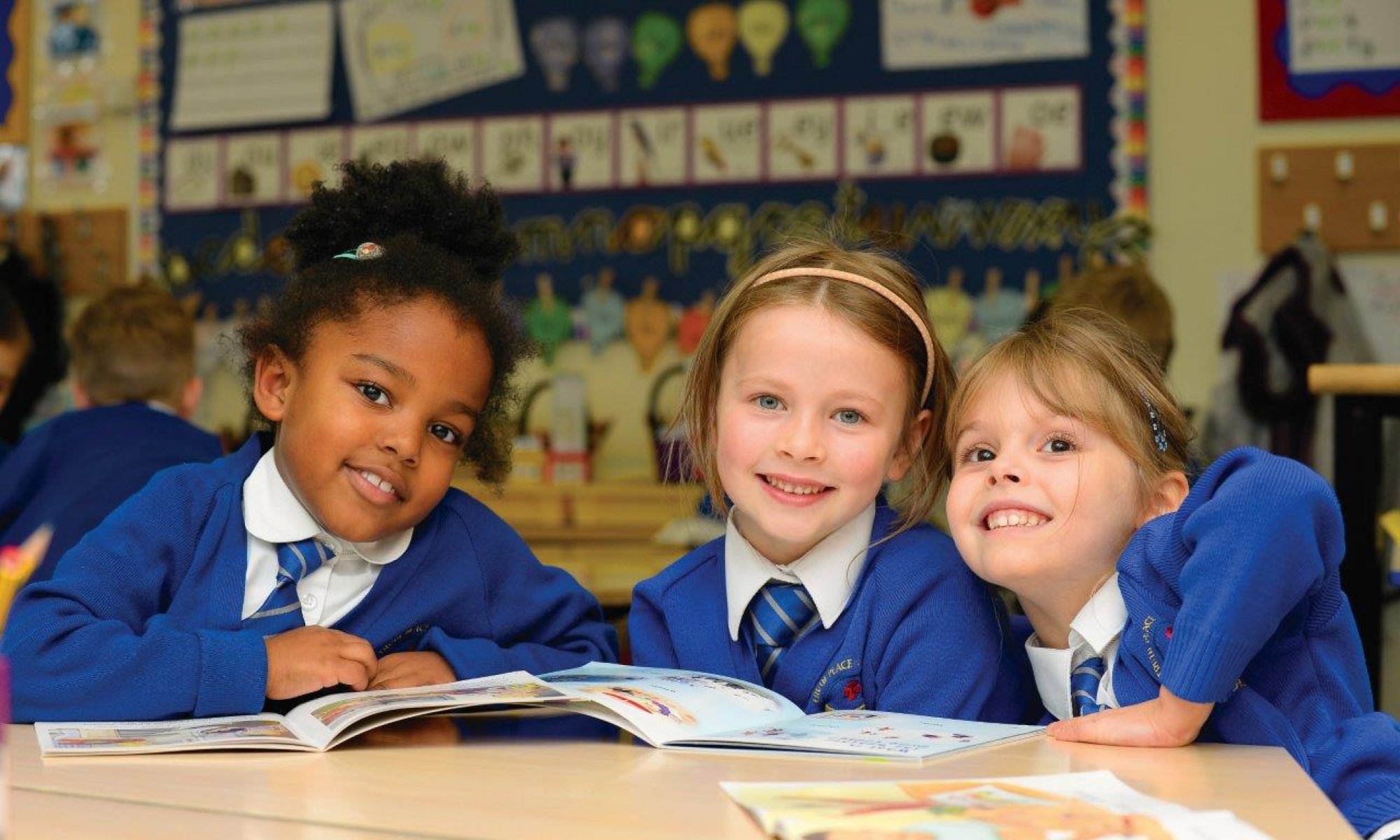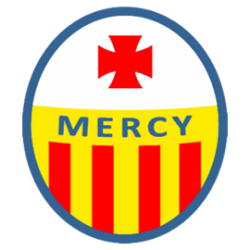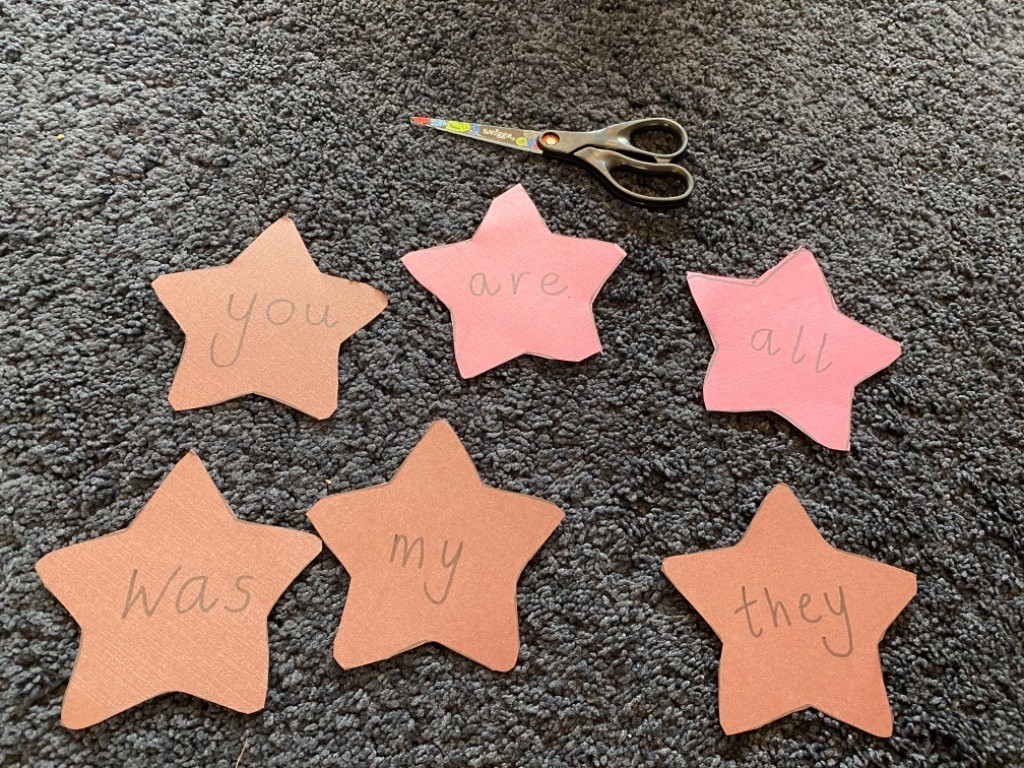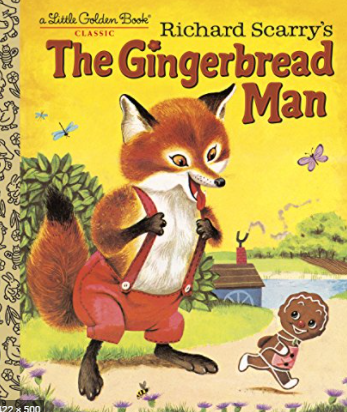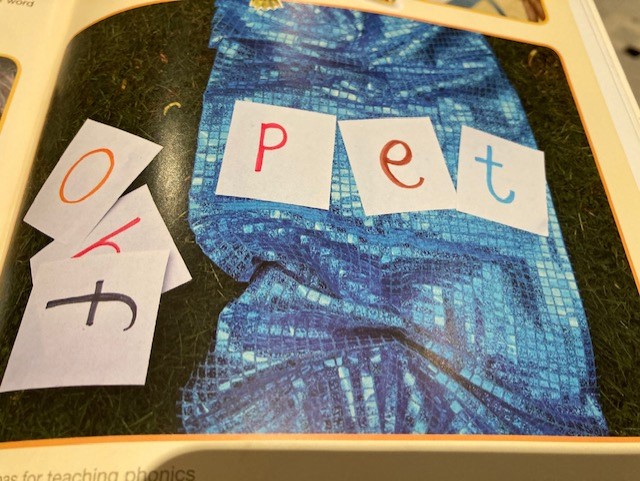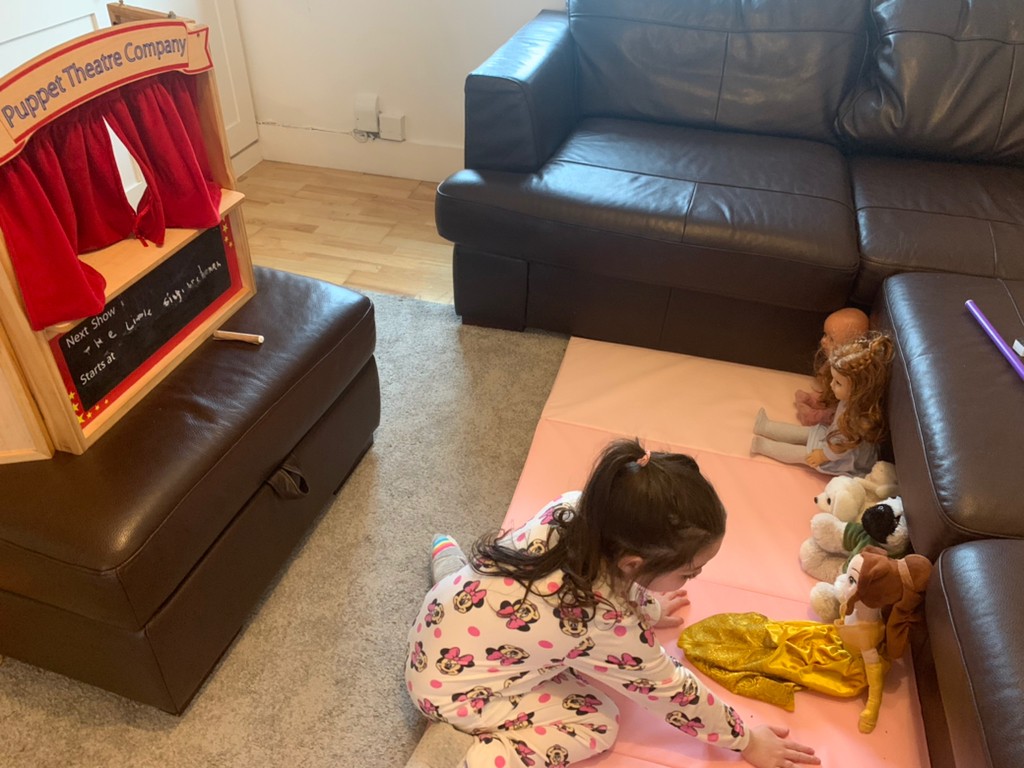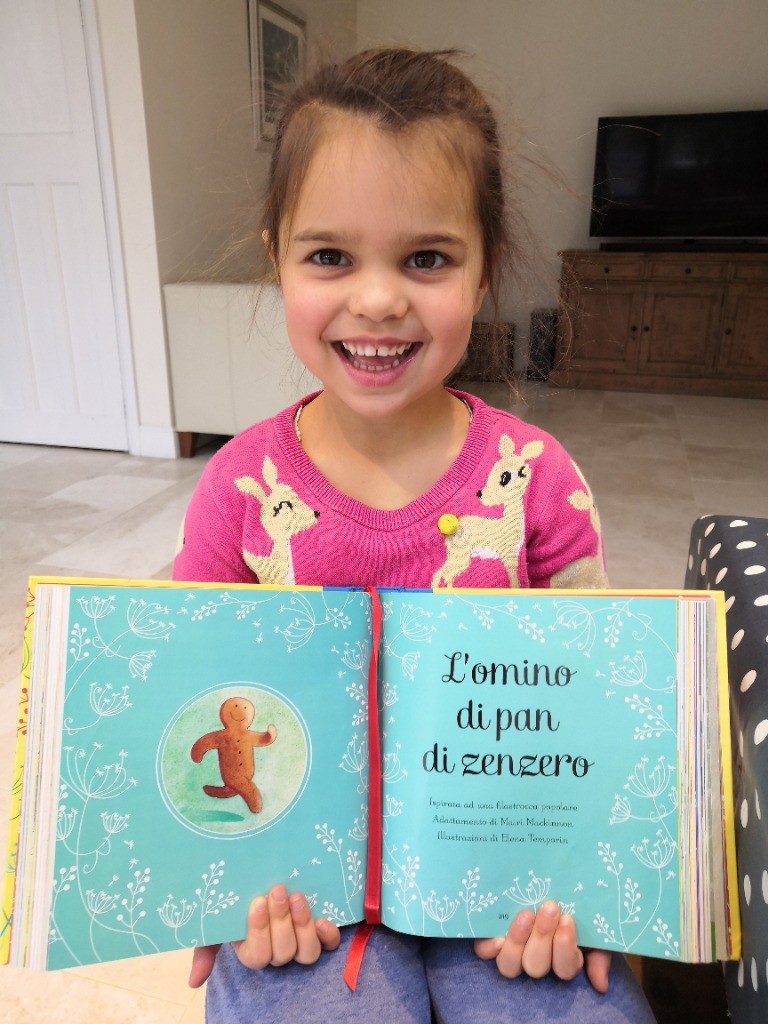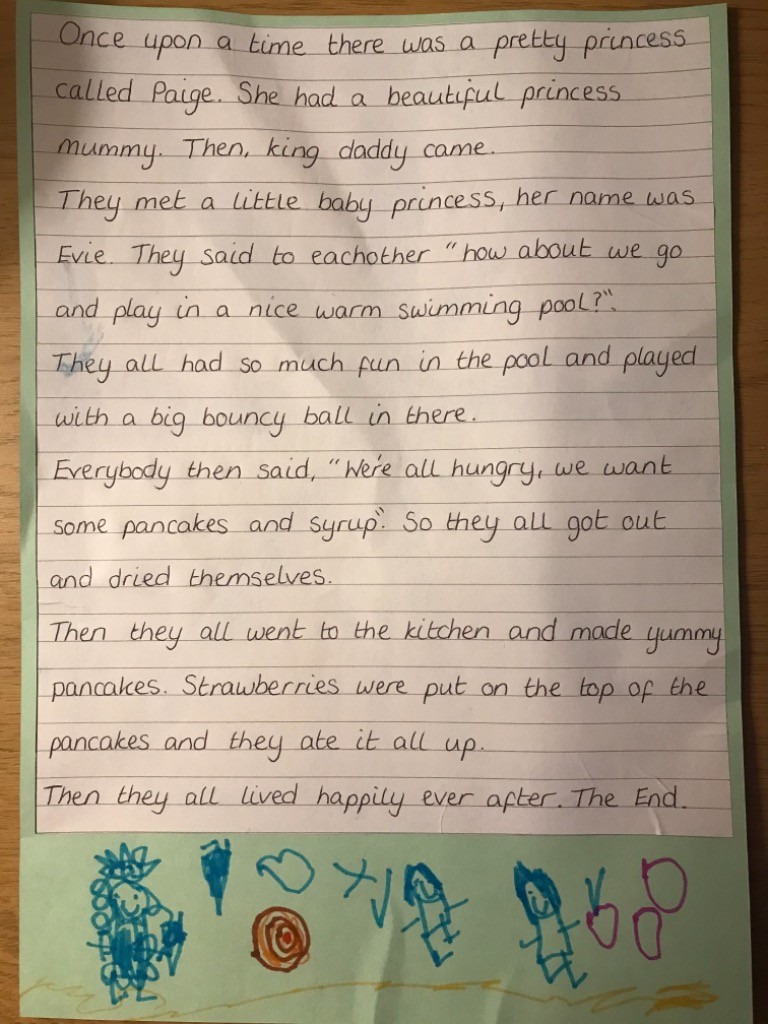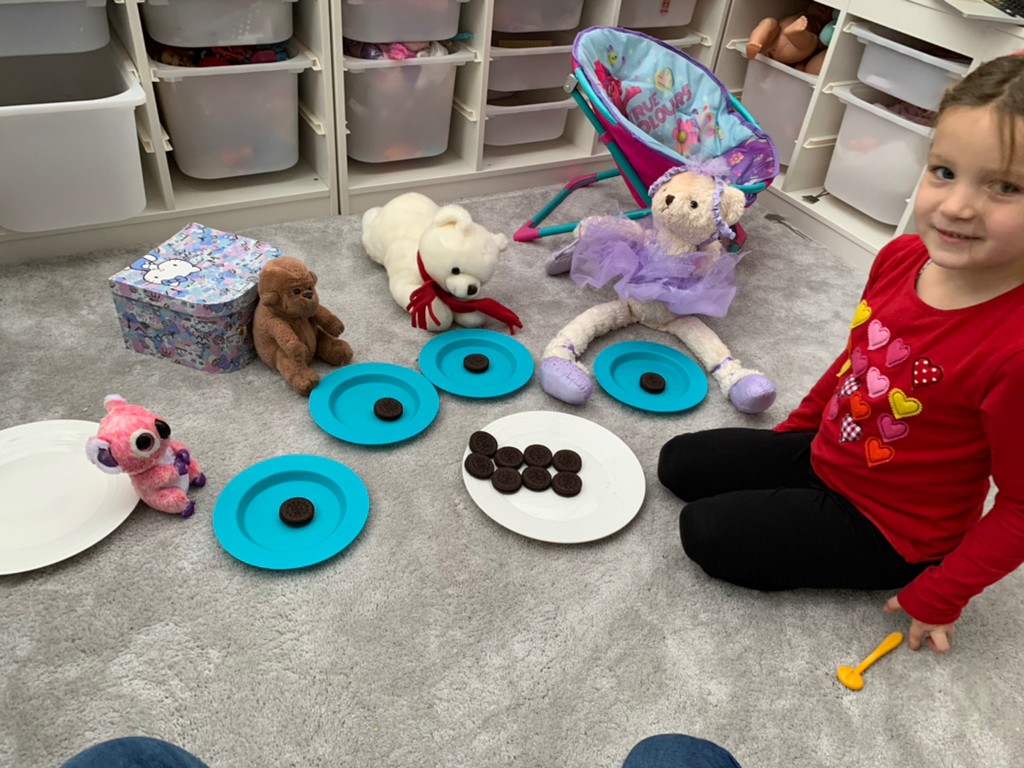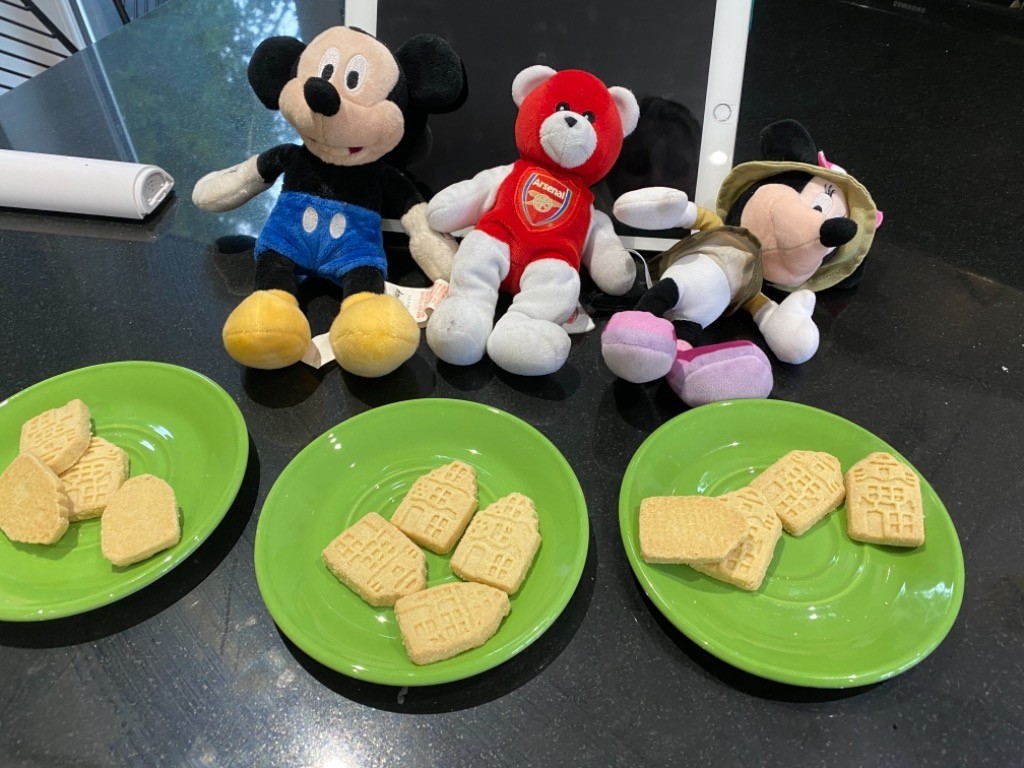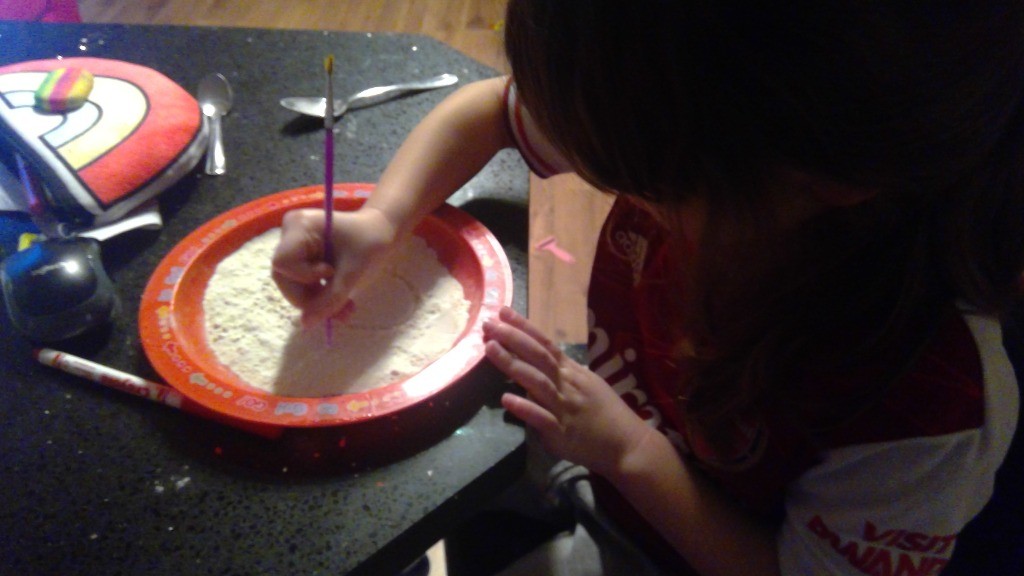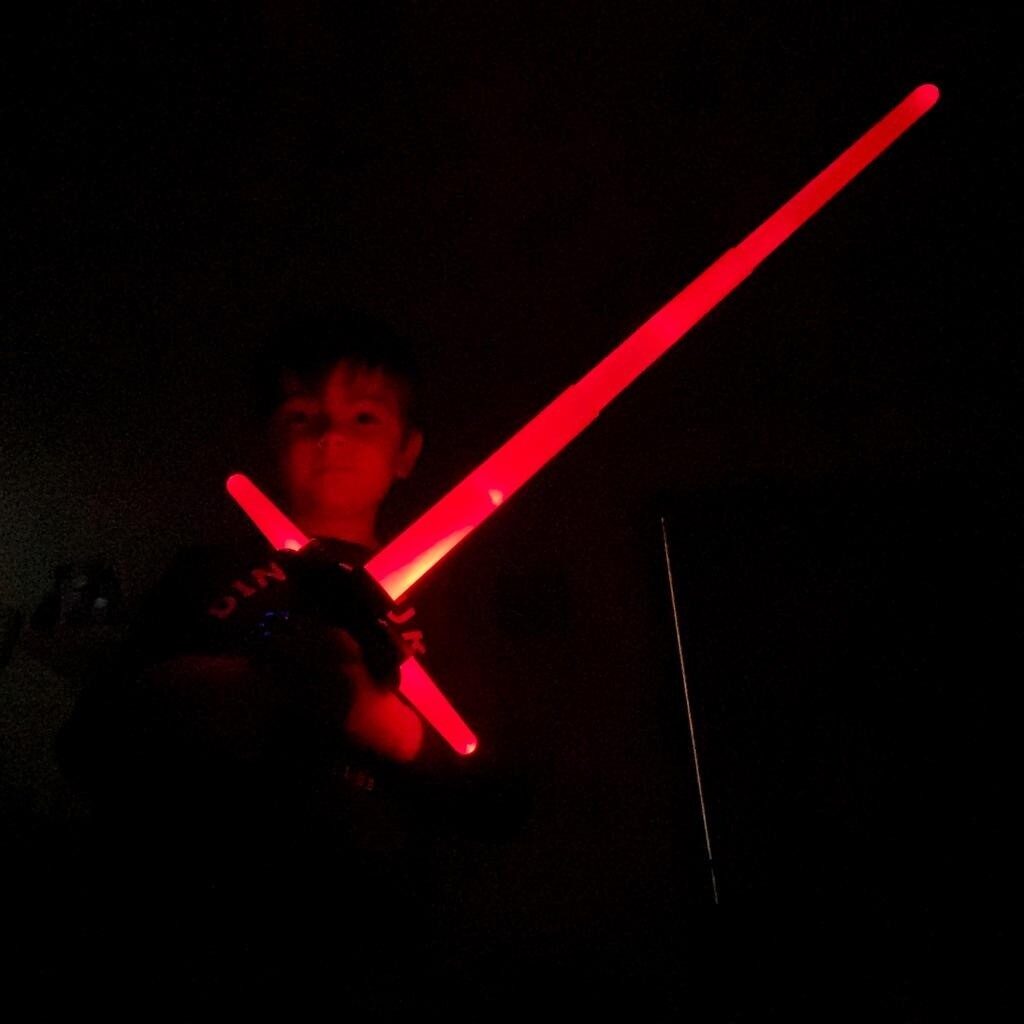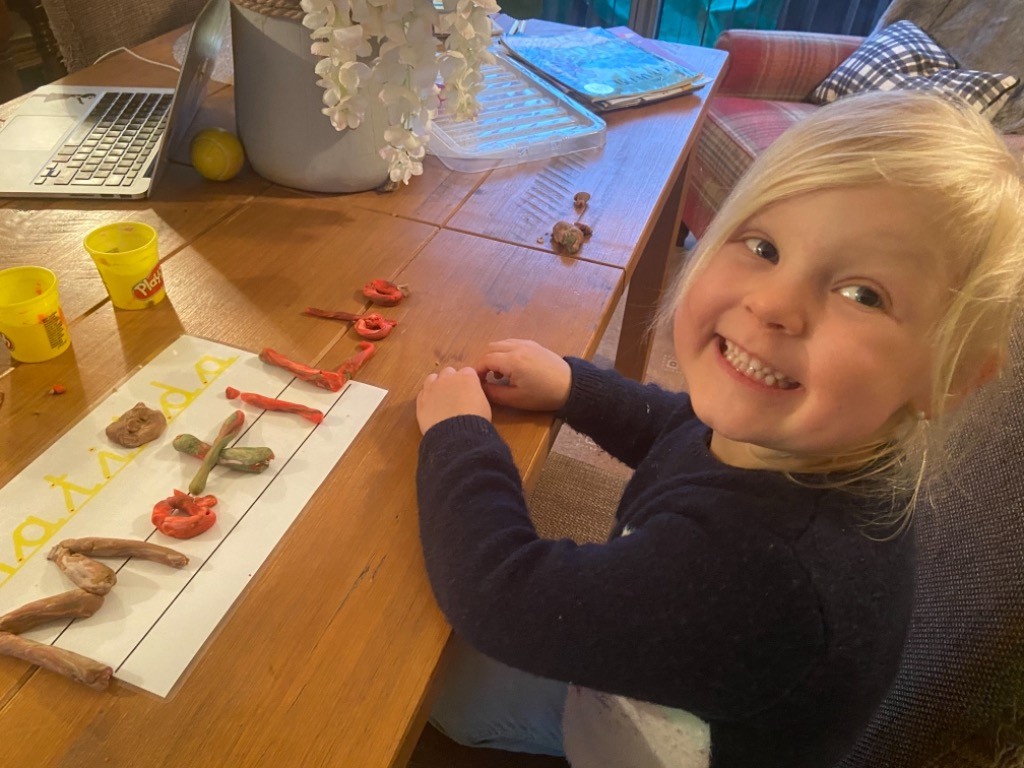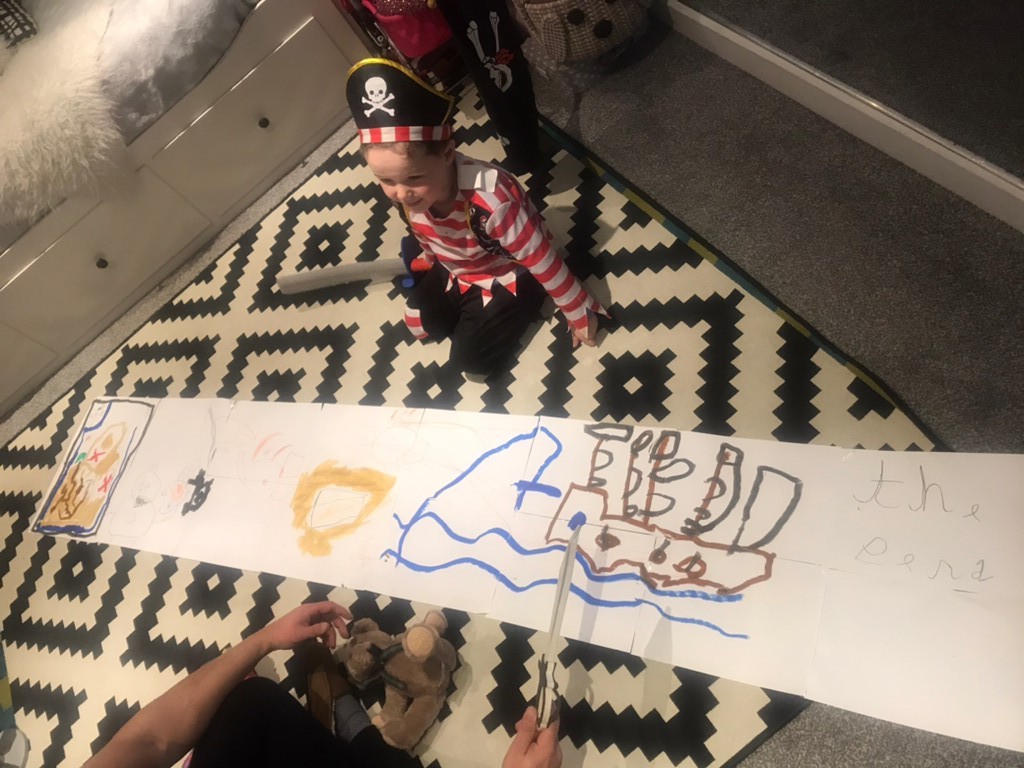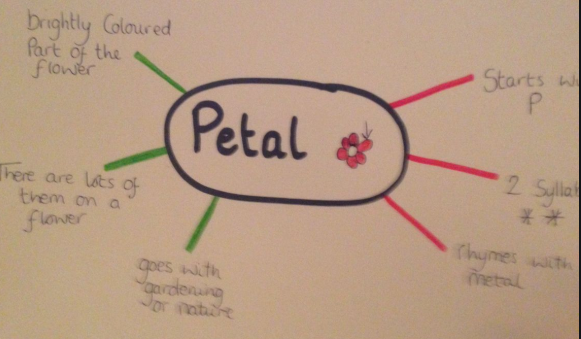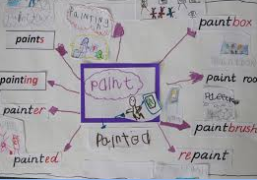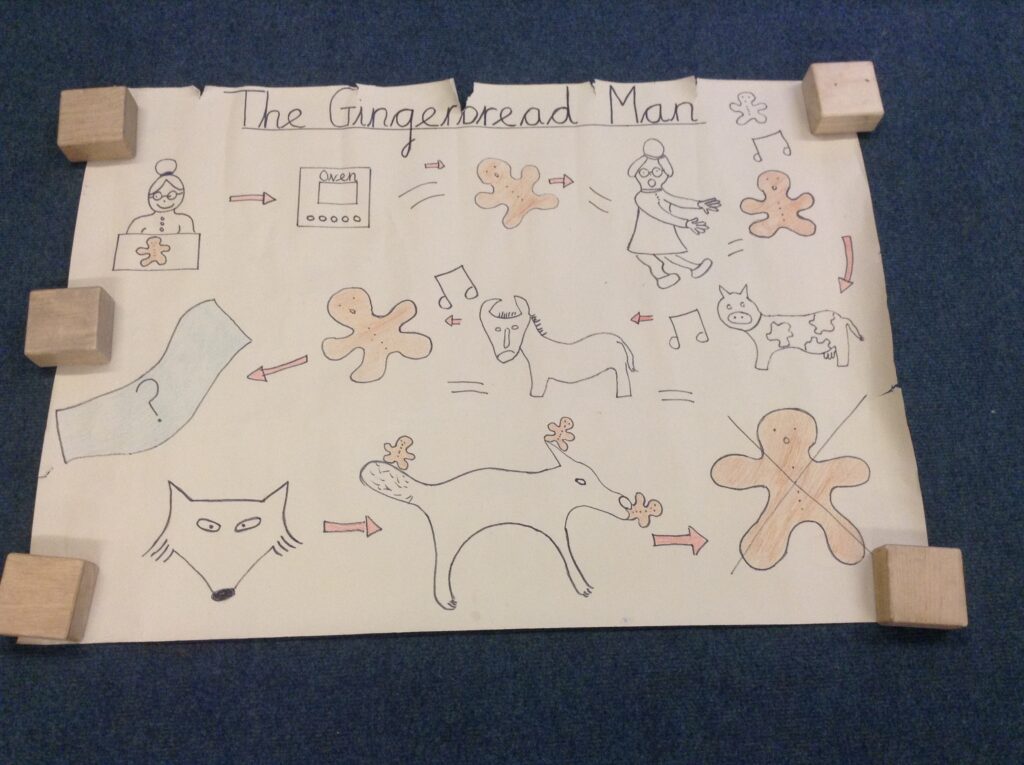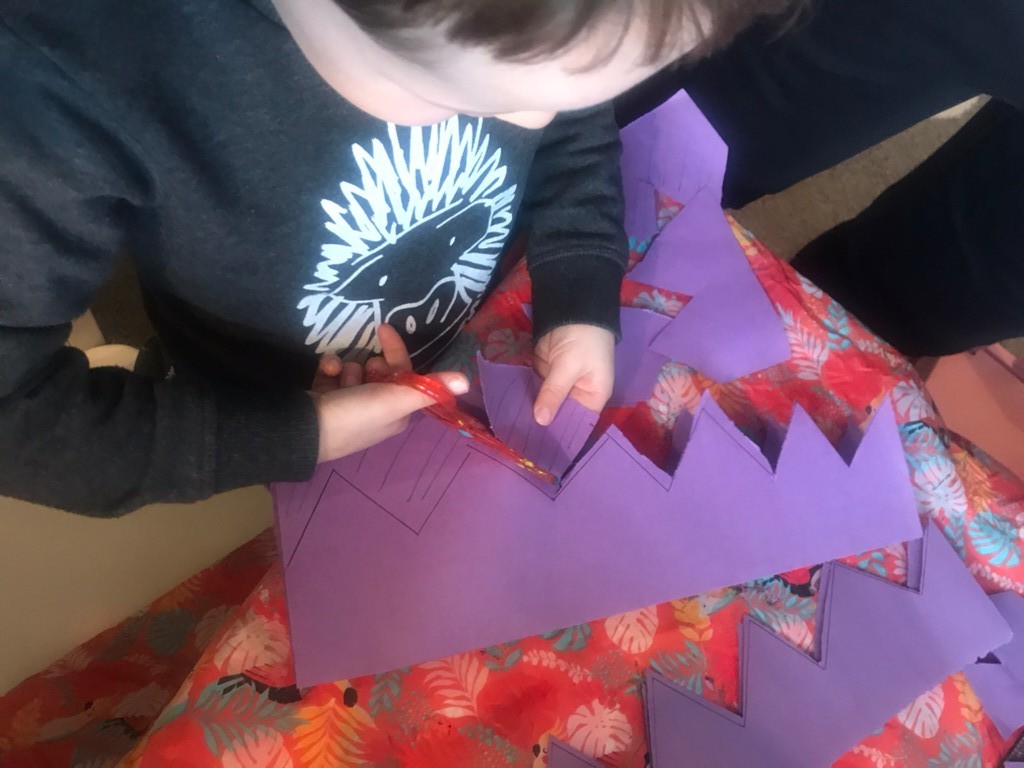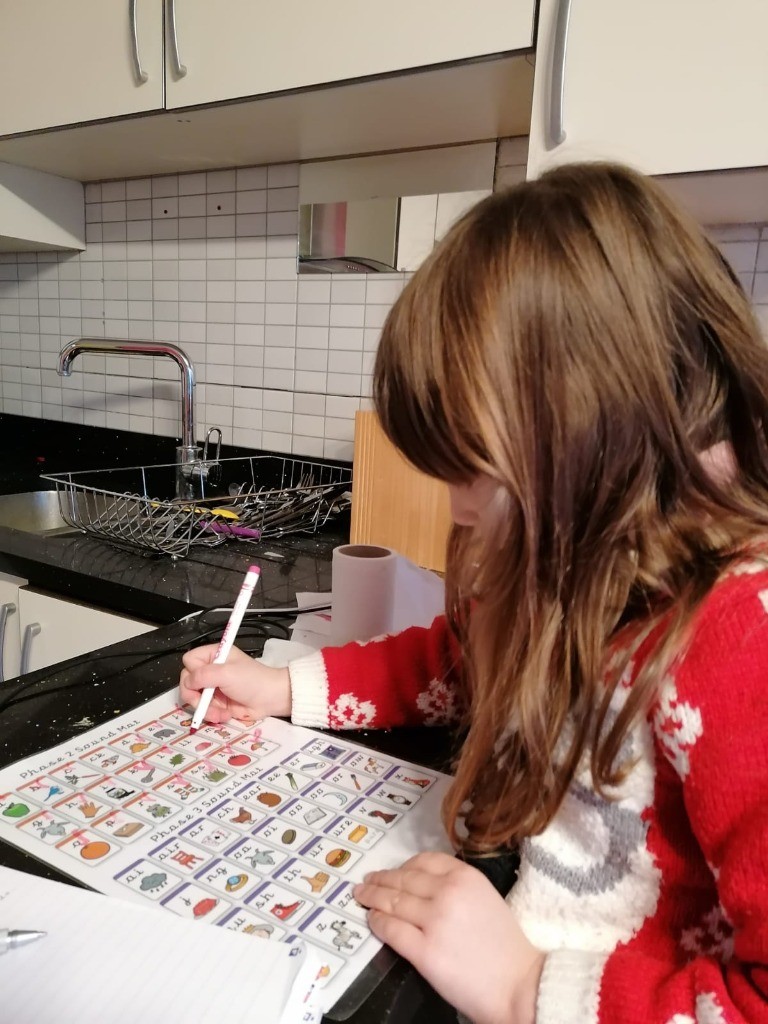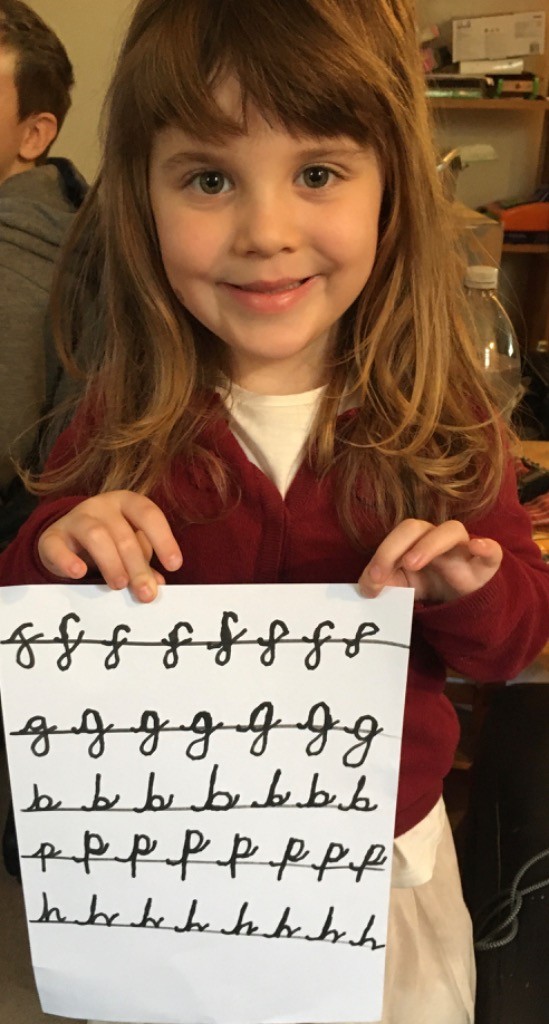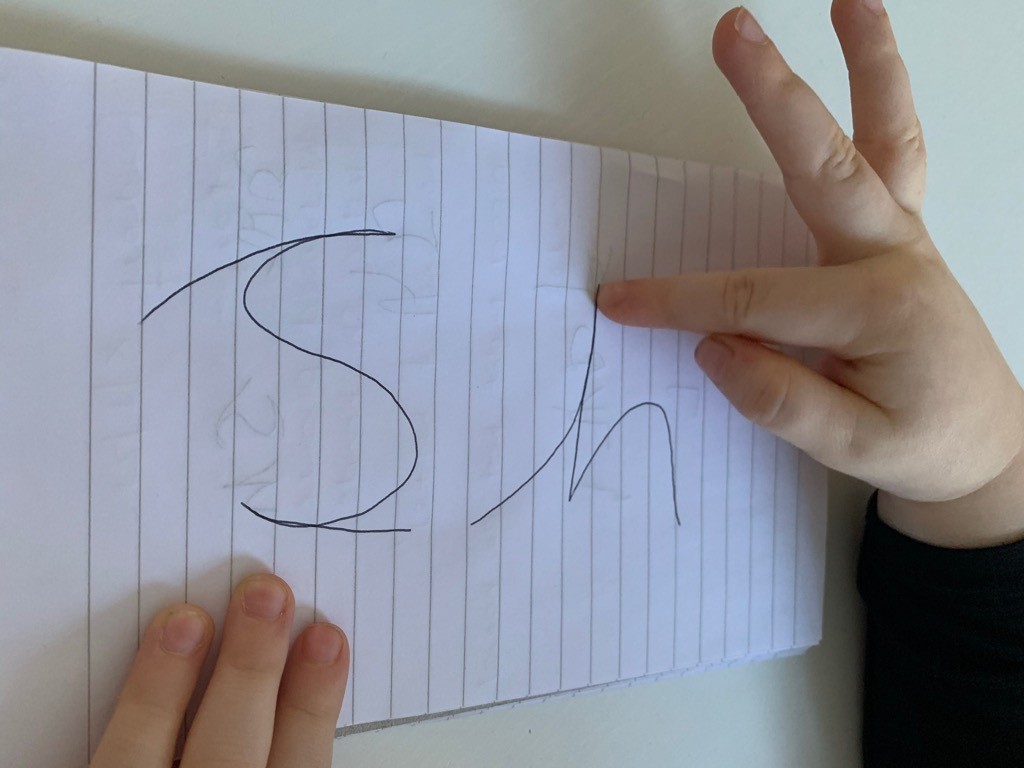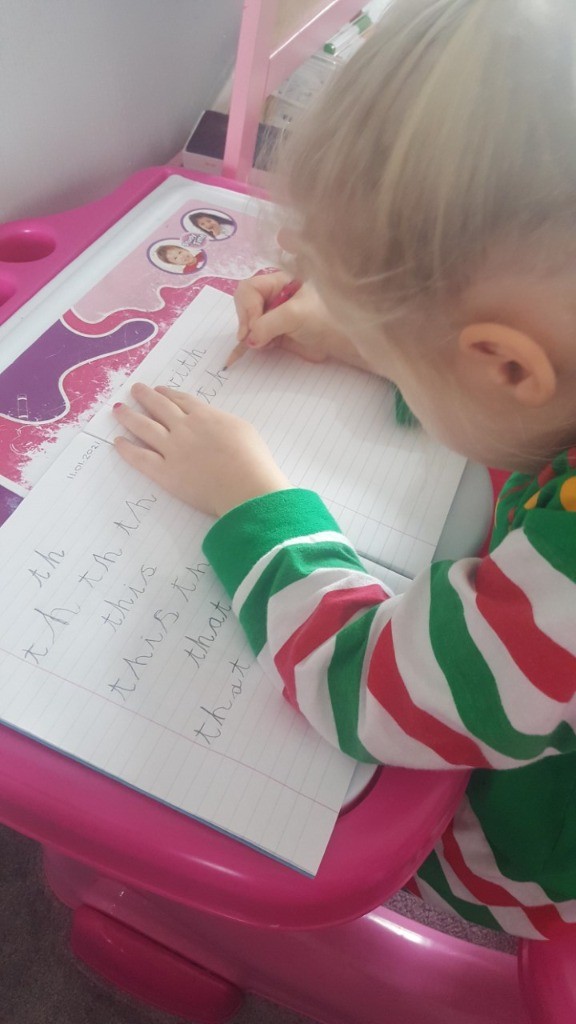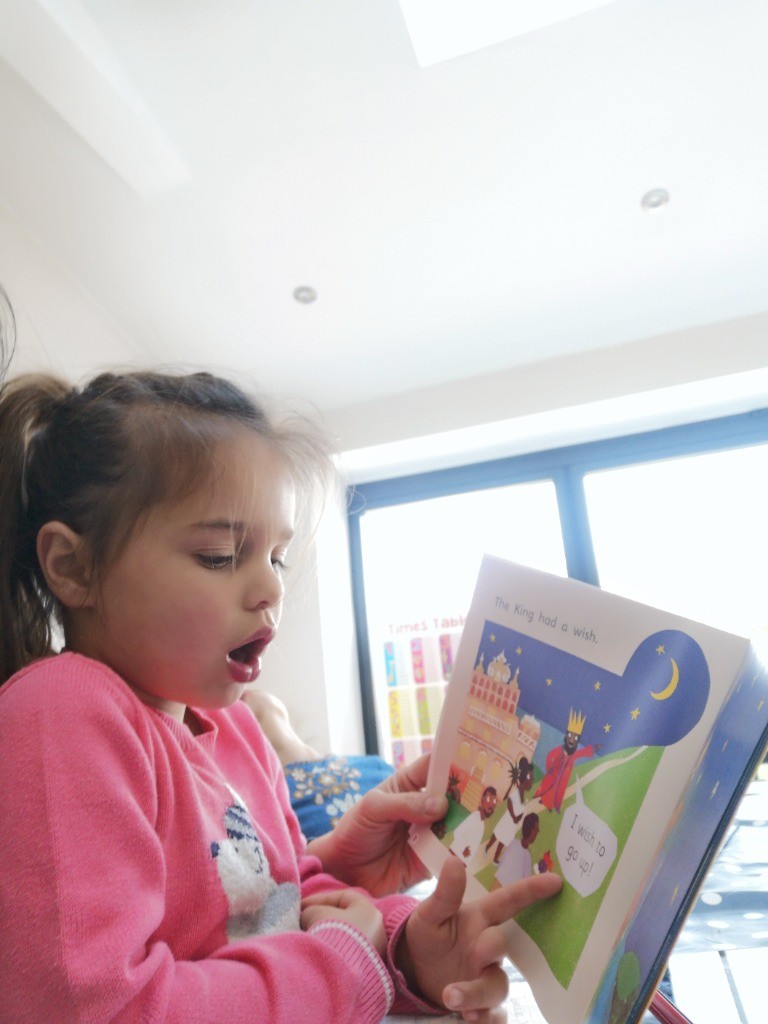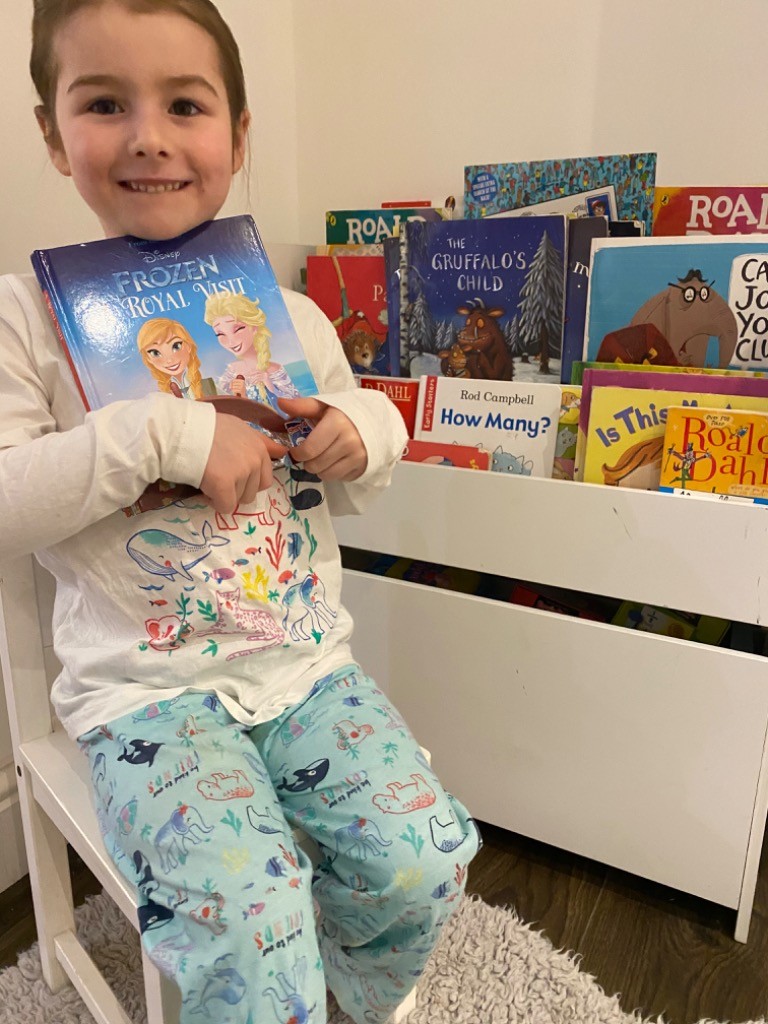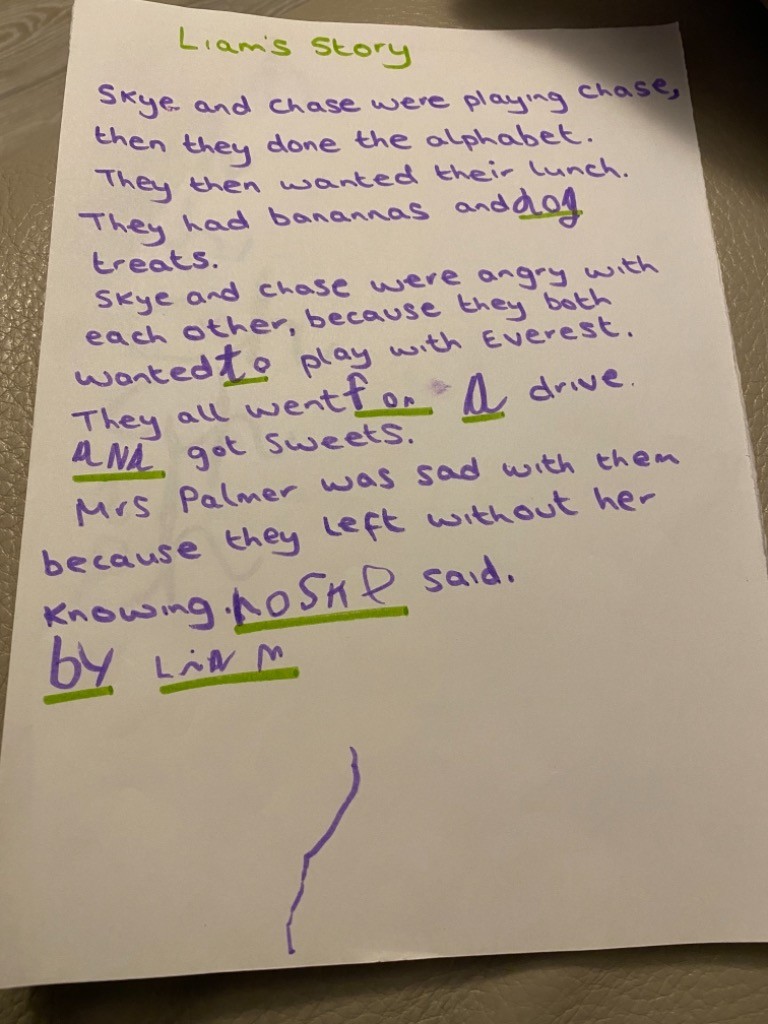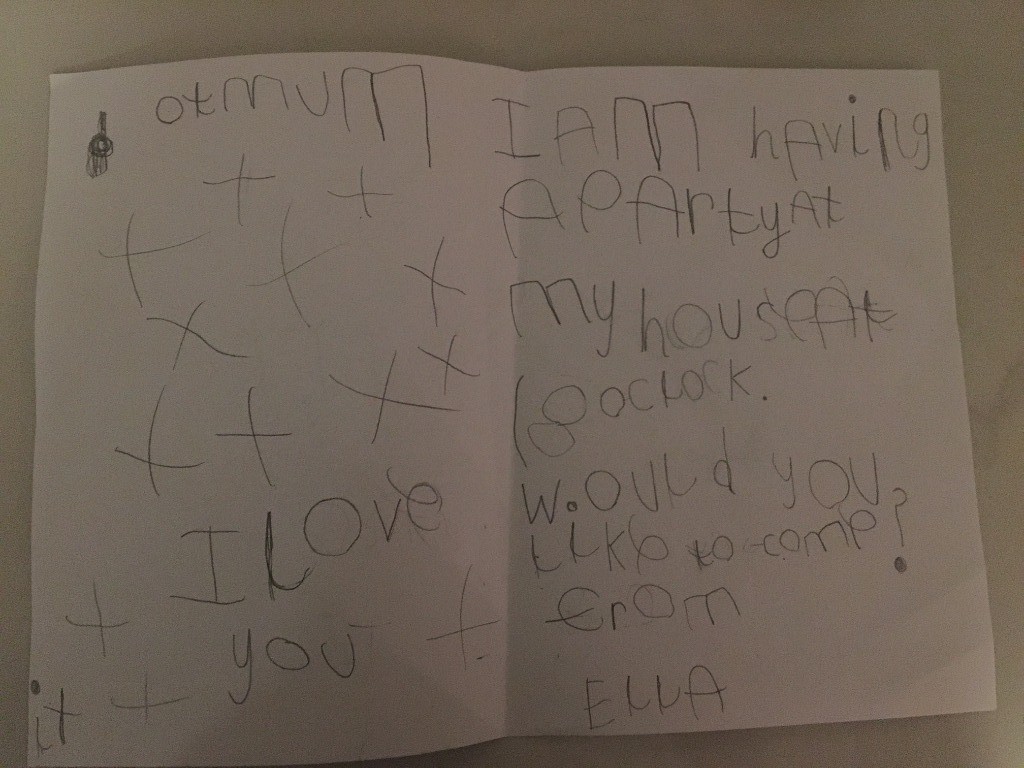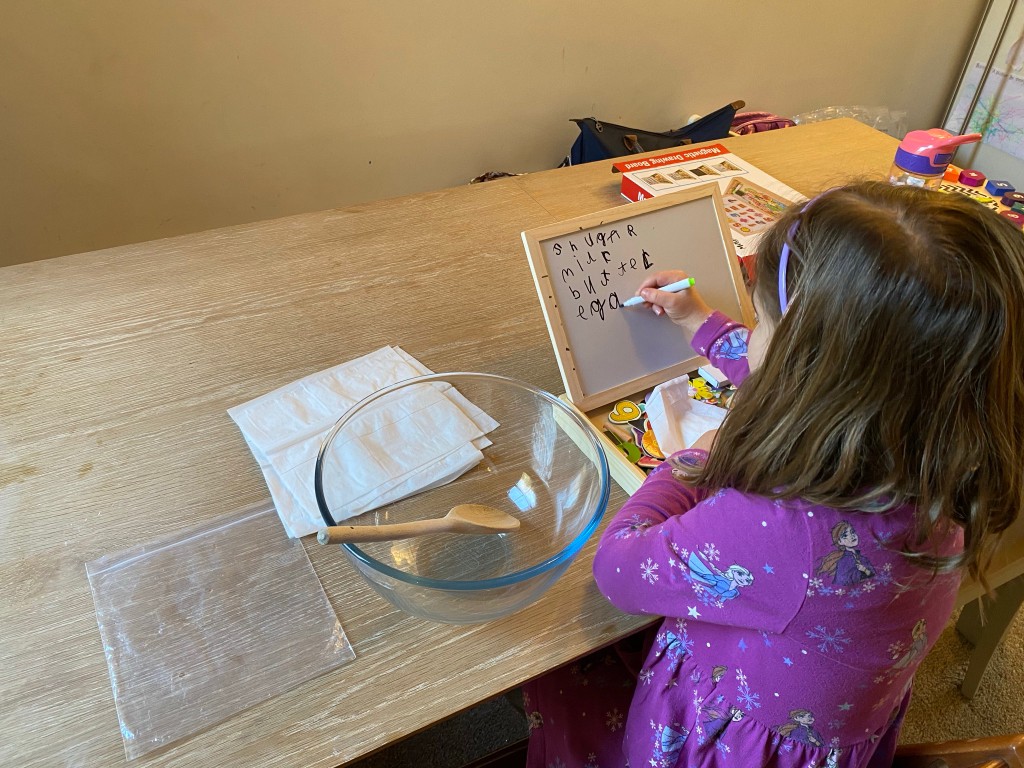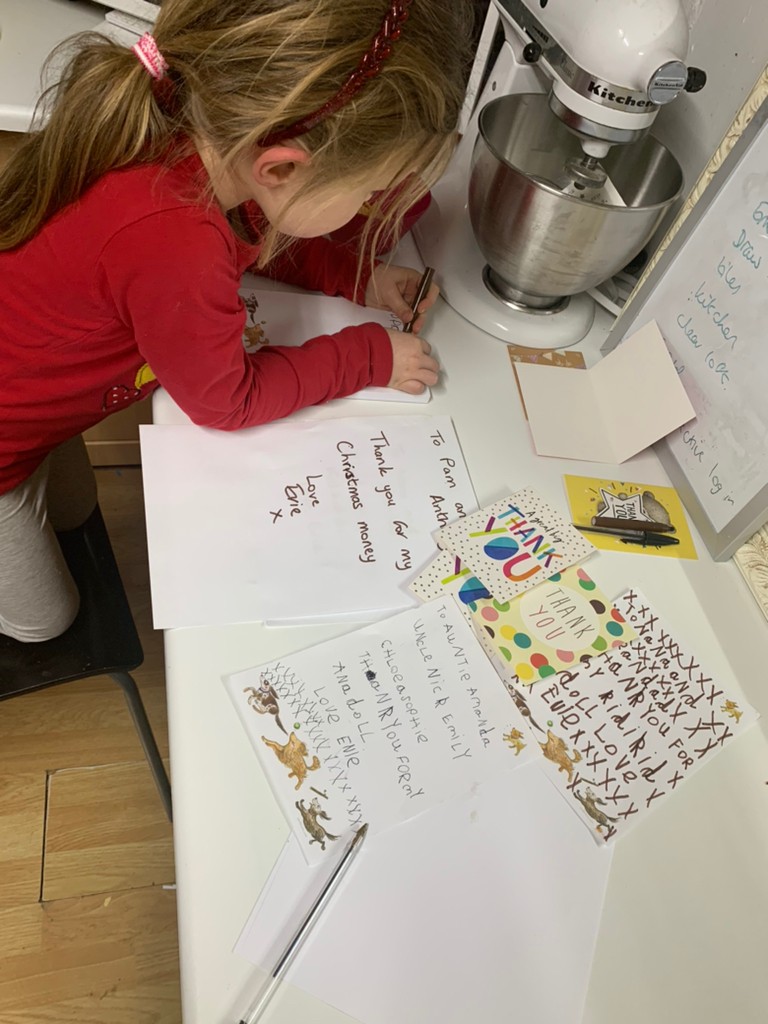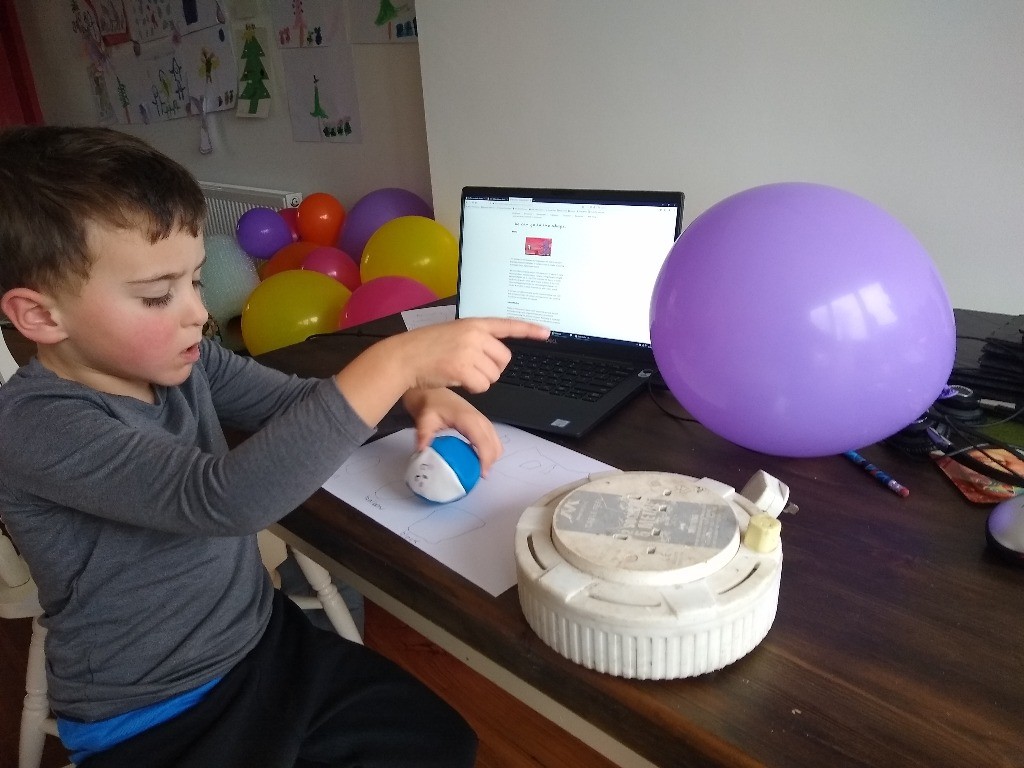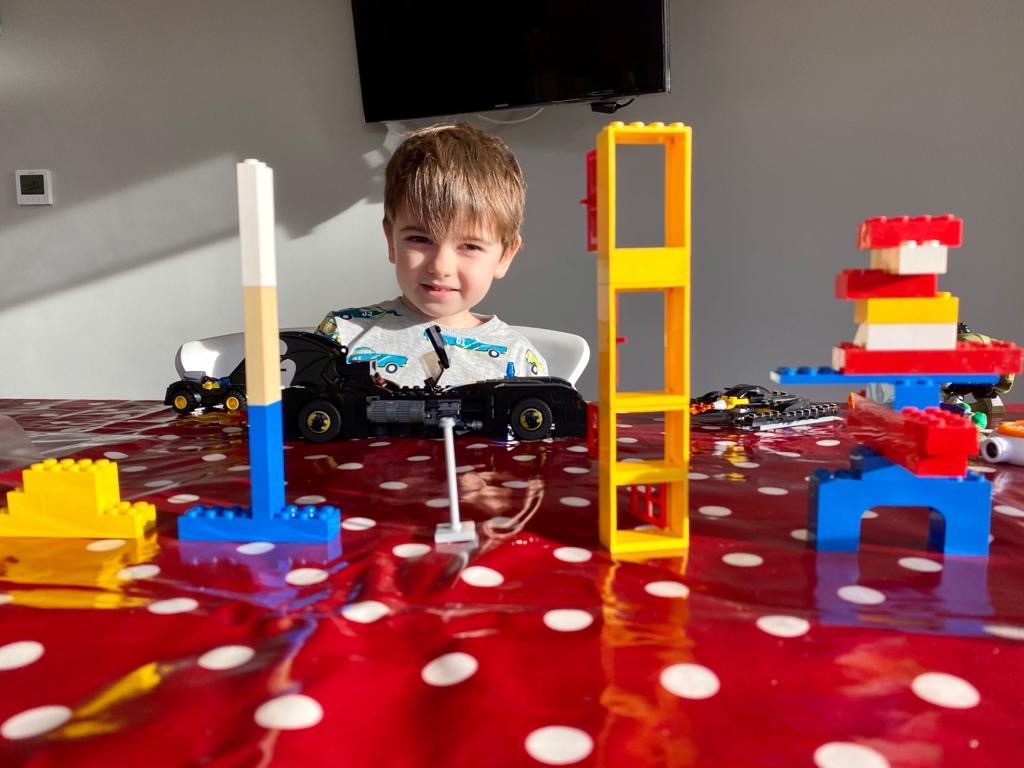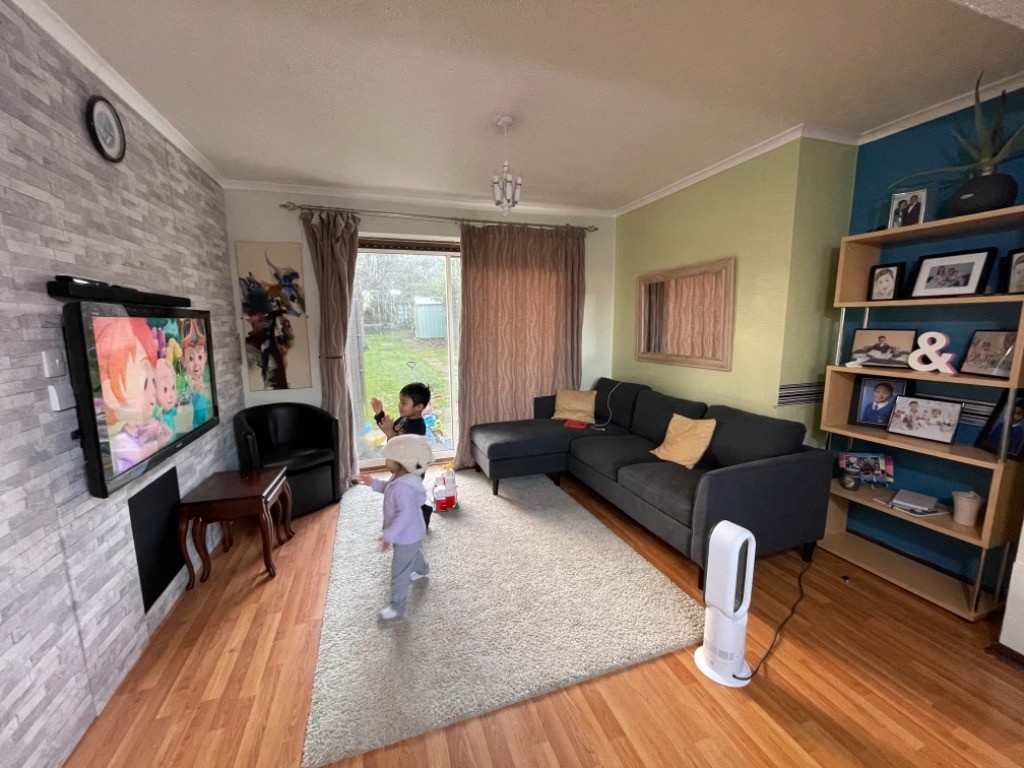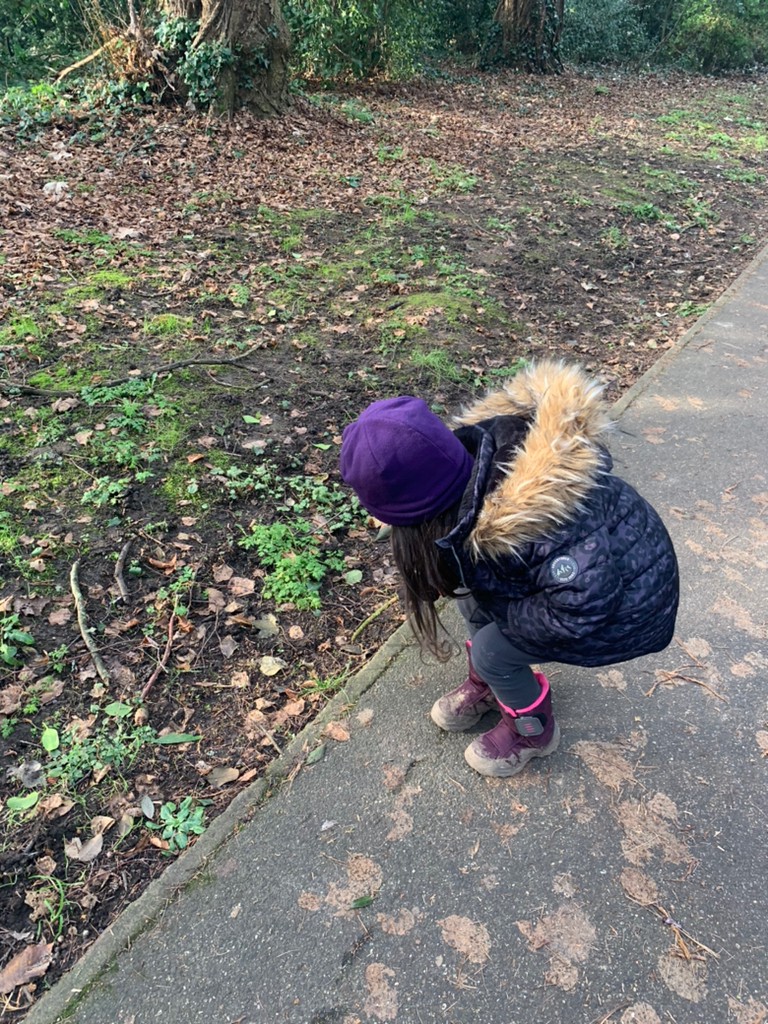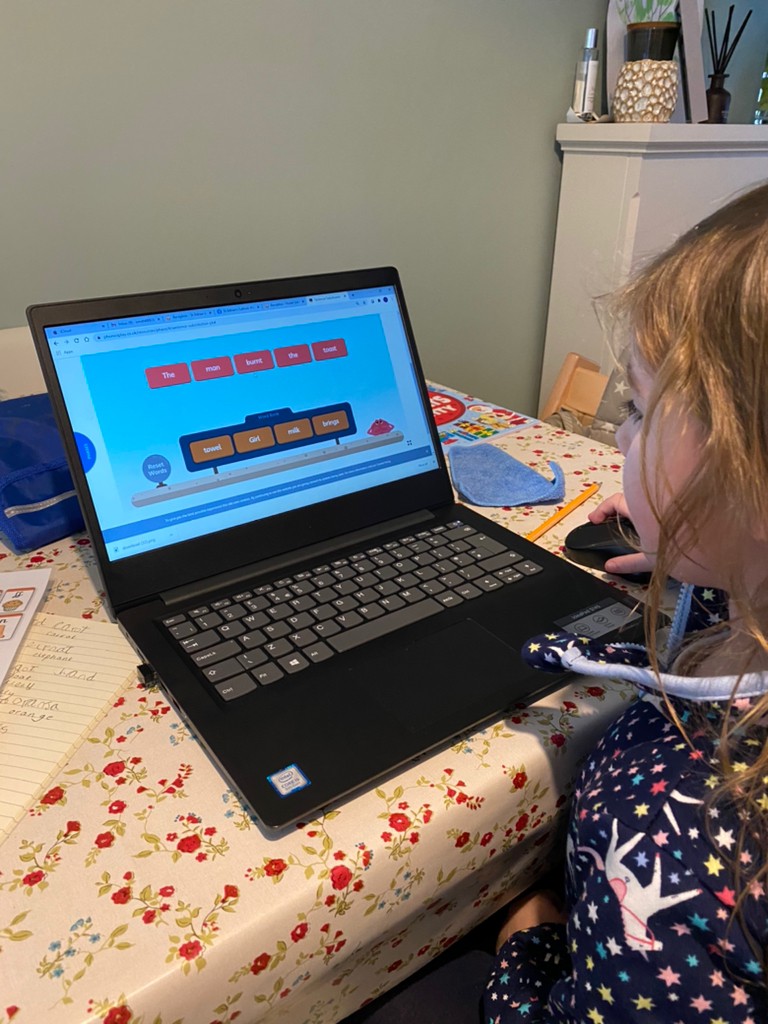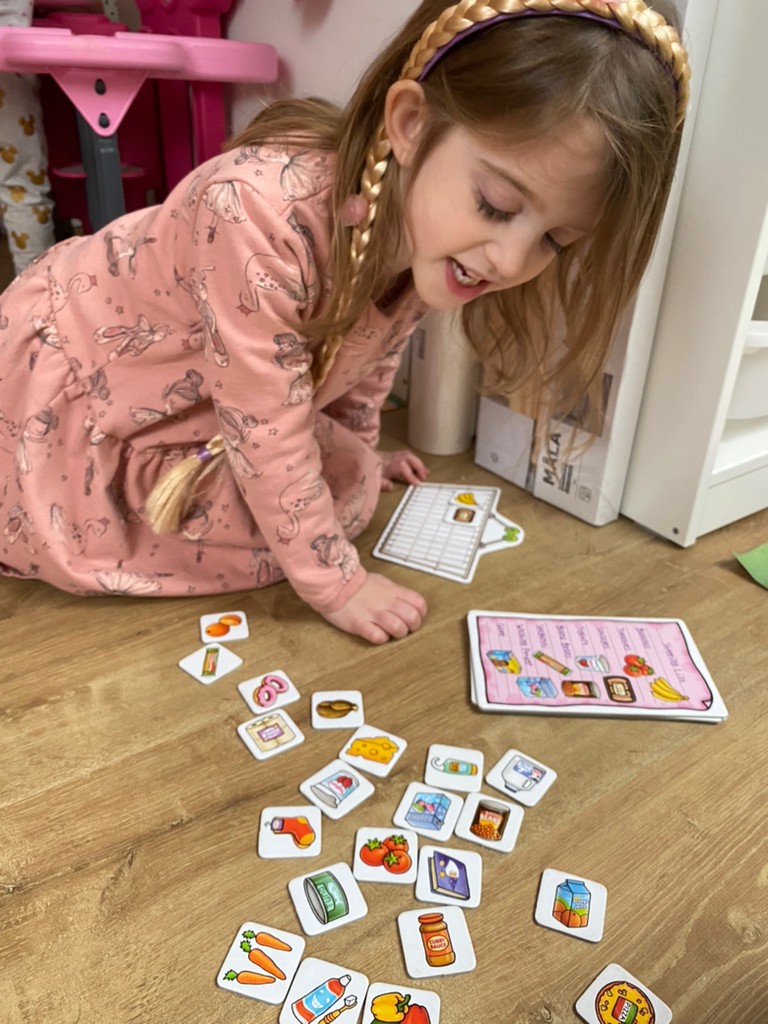Good morning Reception parents and children,
Welcome to today’s home learning.
Fun writing idea
Plan a party

Inspire your child to write in a fun way by planning a tea party together. As mentioned yesterday, celebrate any marks that your child makes to represent their writing; many children are still at the ‘emergent’ writing stage and only just beginning to gain confidence in their writing. Therefore, letter shapes or symbols are just as important. Of course, you can always write together and scribe your child’s ideas.
Plan a tea party together and invite either family members or a collection of toys. Encourage your child to get involved in the writing.
- Prepare invites (where, when, who).
- What will you need for the party? Music, games, plates, cups, table cloth, chairs etc.
- Signs to display the location of the party.
- List of food to serve at the party. Go on a shopping trip with your list.
- Name places or your child could create some place mats.
Literacy/Communication and Language
Today we will begin learning the story of Jack and the Beanstalk. The activities over the next two weeks will help your child learn to retell the story and begin to remember key words and phrases such as ‘once upon a time’ ‘early one morning’ ‘unfortunately’, ‘luckily’. Children learn to use these words in speech so that they have the words in their heads for when they’re ready to write stories. In class, we would tell the story orally with actions each day. In time, children begin to remember the actions and join in. Listen to my story of Jack and the Beanstalk together first – hope your child enjoys it!
Letters and Sounds
Today’s new sound – long ‘oo’ (digraph two letters but one sound)
There are two types of ‘oo’. A long ‘oo’ (boot) and a short ‘oo’ (look). We are going to learn the long ‘oo’ first.
This video introduces the long ‘oo’ sound – Geraldine’s back!
Below is the action for the long ‘oo’:

Show your child how to write ‘oo’ using the correct letter formation.

Letter formation for ‘o’ can be found in your child’s letters and sounds book.
Encourage your child to ‘have a go’ at writing the ‘oo’ sound.
For challenge
Only if your child is ready. Write the following words:

For extra challenge
Write a funny sentence and draw a picture to accompany the sentence. Maybe your tea party could be on the moon!


Maths
Climb the beanstalk
This game will help your child learn the Jack and the Beanstalk story. It also develops children’s ability to visualise length and distance and explores perspective. Children begin to learn the impact that distance has on objects that are a long way away. Before starting the game, you could explore this concept when on your next daily exercise or look at images on the computer. Artists often use perspective in pictures.

What to do:
- Together with your child pretend to be Jack climbing the beanstalk.
- Wave goodbye to Mum and start climbing the imaginary stalk.
- As you start, look at the house behind Mum. Ask ‘What size is it?’ (big).
- After a short time, ask ‘Who is getting tired?’ Show your child that you are tired. Perhaps you could wipe your brow with one arm then then hold onto the beanstalk again quickly for fear of falling. Explain your arms are aching and your legs are tired.
- Talk with your child about how you have climbed a long, long way up the beanstalk and that you are nearly at the giant’s house.
- Ask ‘What was that noise?’ Explain you heard the giant and you all need to get home.
- Look down. ‘Can you see your house?’ ‘How big is it from all the way up here?’ (It is very small; almost so small it cannot be seen!)
- Encourage your child to think of an item that is about the same size, for example a mouse.
- Climb down the beanstalk. Look down again. ‘What can you see now?’ ‘How big is your house now?’ As you climb down the imaginary beanstalk continue to ask your child to look down and explain how big their house looks now. Depending on answers, you could comment on how close to the ground your child is. Maybe say, you must have climbed down faster than me!
A variation could be to look up as you climb or descend to visualise or imagine the giant’s castle.
Understanding the World
Grow your own beanstalk
If you can obtain a packet of bean seeds, this is a great activity. Top tip: broad beans are stronger.

What to do:
- Wet a large handful of cotton balls and place them in a clear container. The cotton should be wet, but not dripping, and no water should pool in the glass. I have also used a plastic food bag for this activity.
- Wedge dried beans between the cotton balls and the side of the jar. Use at least two beans so that if there is something wrong with one of them, the other will grow.
- Make predictions about what will happen and observe your beans twice a day. Add a few drops of water to the cotton balls each day to keep them moist. You should start seeing changes after just a single day!
- After the skin splits, look for the roots to emerge. They will grow downward to help anchor the plant in the soil (or in this case, the cotton balls). A young shoot will appear, and then the first leaves will appear. Now the young plant is able to make its own food from sunlight. You could introduce the word for this process – photosynthesis.
- Leave your beanstalk in the jar to continue making observations, or transplant it into a soil pot.
- With proper care and a little bit of luck, your beanstalk with grow tall and might even reward you with a fresh crop of beans to enjoy!
Enjoy your day.
Nicola Palmer
